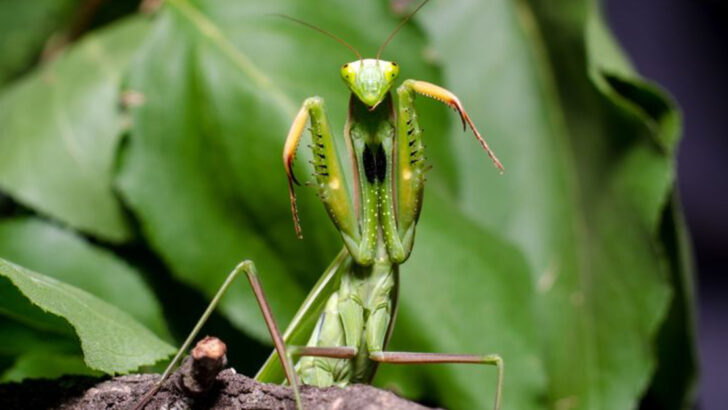The praying mantis, with its distinctive posture and predatory prowess, captivates the imagination of nature enthusiasts and scientists alike.
Known for their unique hunting techniques and intriguing behaviors, these insects have carved a niche as one of nature’s ultimate predators.
This blog post delves into 10 fascinating facts about praying mantises, each highlighting their extraordinary abilities and captivating characteristics.
Whether it’s their remarkable vision or their surprising role in culture, praying mantises continue to be a source of wonder and fascination.
Join us as we explore the world of these incredible creatures.
Master of Disguise
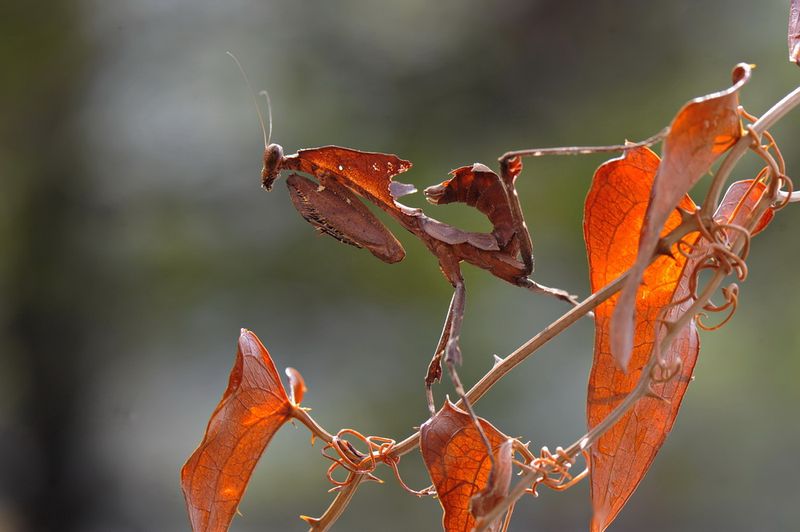
The praying mantis is a master of disguise, blending seamlessly into its surroundings. Its green and brown hues make it nearly invisible to predators and prey alike.
Imagine walking through a garden and suddenly realizing that what you thought was a leaf is actually a mantis waiting patiently for its next meal.
This incredible camouflage is not just for protection; it’s a strategic advantage in hunting. By remaining unseen, the mantis can swiftly ambush unsuspecting insects, making it a formidable predator in the insect world. Truly, nature’s camouflage expert!
360-Degree Vision
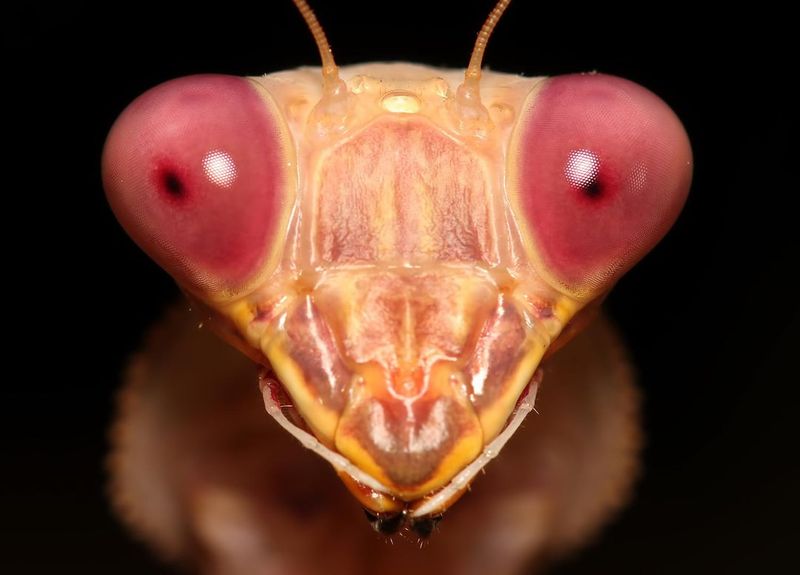
The praying mantis possesses a unique visual prowess that sets it apart from other insects. Its bulbous eyes provide a 360-degree field of view, allowing it to spot prey from any angle. Ever wondered how it catches fast-moving insects with such precision?
This expansive vision is paired with a lightning-fast reaction time, enabling the mantis to snatch its prey in the blink of an eye. It’s as if the mantis has eyes in the back of its head, a vital adaptation for survival in the wild. A true marvel of nature’s design!
Cannibalistic Tendencies
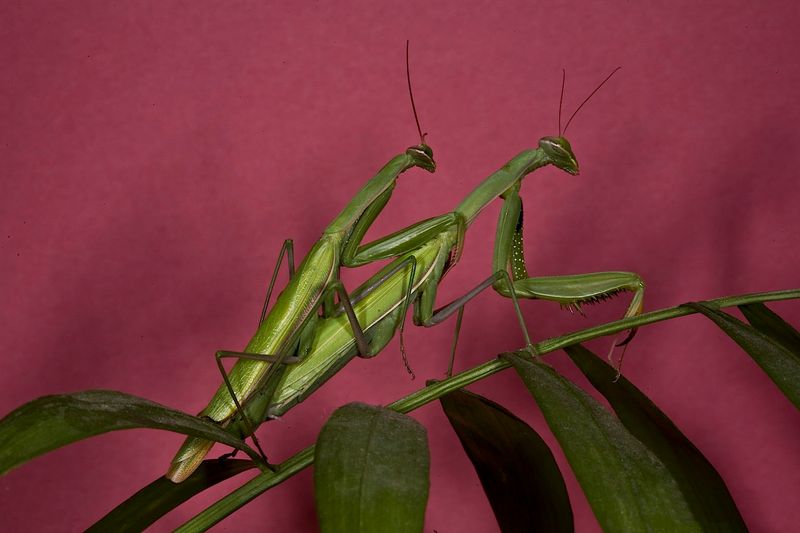
Cannibalism might seem shocking, but for the praying mantis, it’s a natural part of life. During mating, females are known to consume males, a behavior that might aid in successful reproduction. What drives such a brutal act?
The nutrients gained from this macabre meal may enhance the female’s fertility, ensuring the continuation of the species. While it may appear ruthless, this behavior reflects the mantis’s survival instincts and the harsh realities of nature. It’s a captivating glimpse into the complex world of insect reproduction.
Efficient Hunter
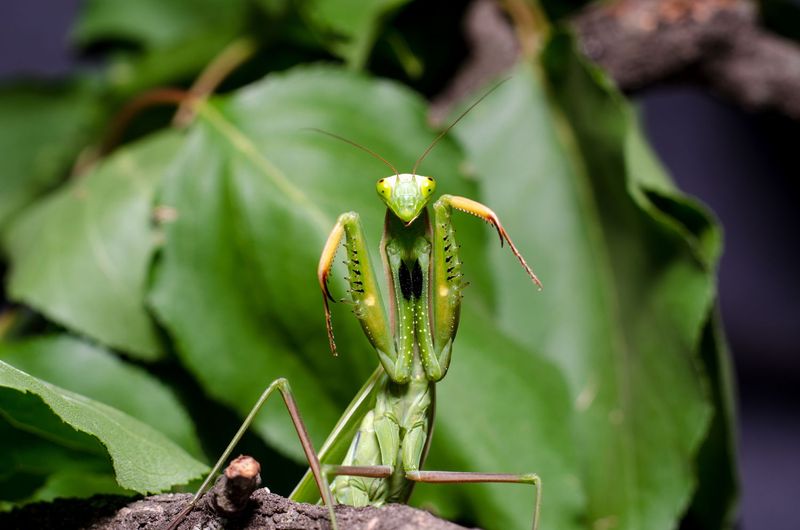
With razor-sharp reflexes and stealthy movements, the praying mantis is an efficient hunter. Unlike other predators, it doesn’t chase its prey; it waits. This patience pays off when it strikes with unparalleled speed and accuracy. Can you imagine the tension as it lies in wait?
Its forelegs, equipped with spikes, ensure that once the prey is caught, there’s no escape. This combination of strategy and power makes the mantis one of nature’s most effective hunters. A masterclass in predation!
Mating Rituals
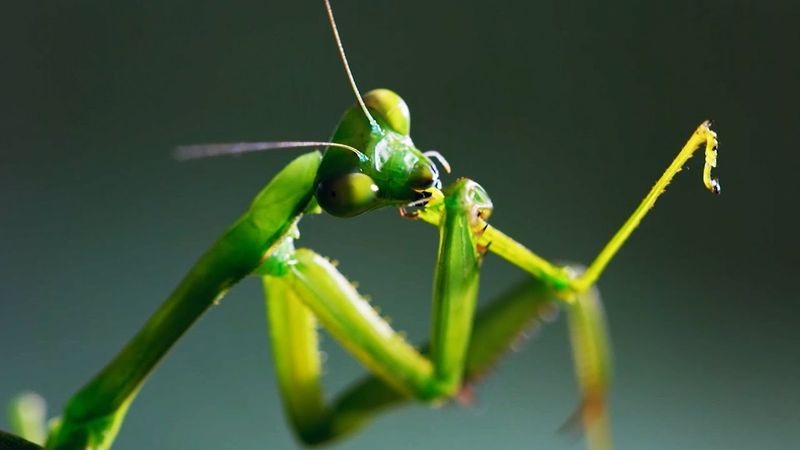
Praying mantises engage in complex mating rituals that are as fascinating as they are deadly. The male must approach cautiously, aware that the female might attack. Ever thought about the dance of life and death?
These rituals are not only about reproduction but also survival. Males often perform elaborate dances to pacify the female and ensure safe mating. It’s a delicate balance of attraction and risk, offering a unique insight into the reproductive world of insects.
Symbolic Significance
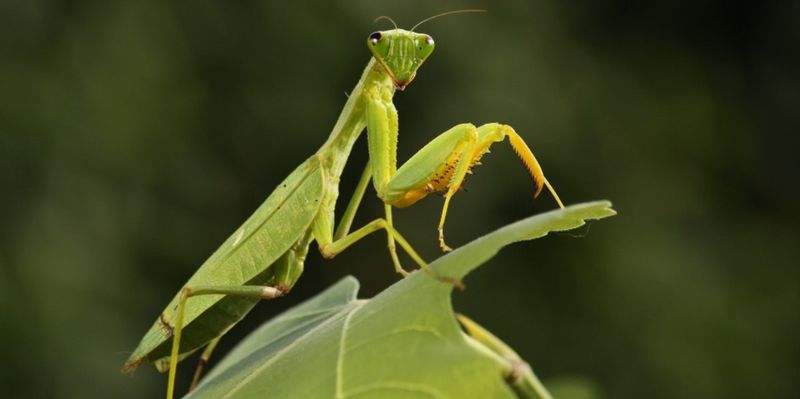
Across various cultures, the praying mantis holds symbolic meaning, often associated with spirituality and mindfulness. Its meditative stance, with forelegs held together, resembles prayer and contemplation. What deeper meanings does this creature hold?
In many traditions, it is seen as a symbol of patience and stillness, teaching us to slow down and observe. This spiritual connection adds a layer of mystique to an already enigmatic insect, reminding us of the mantis’s role beyond the natural world.
Remarkable Resilience
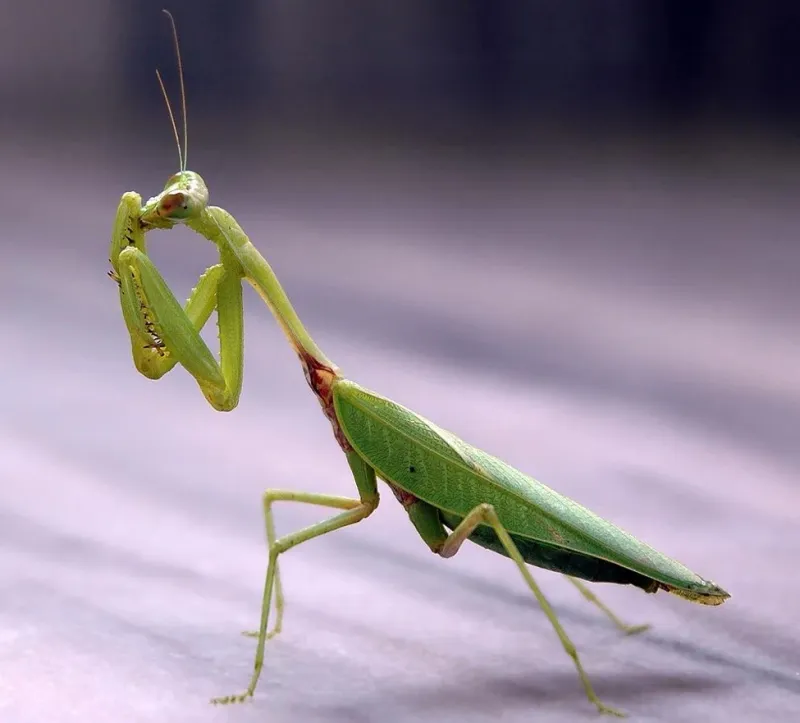
Resilience defines the praying mantis, an insect capable of thriving in diverse environments. From tropical rainforests to arid deserts, its adaptability is truly remarkable. How does it manage to survive under such varied conditions?
Its ability to endure harsh weather and scarce resources highlights a tenacity that few insects possess. This resilience is not just physical but evolutionary, ensuring the mantis’s place in the natural world. An inspiring testament to nature’s ability to adapt.
Unique Feeding Habits
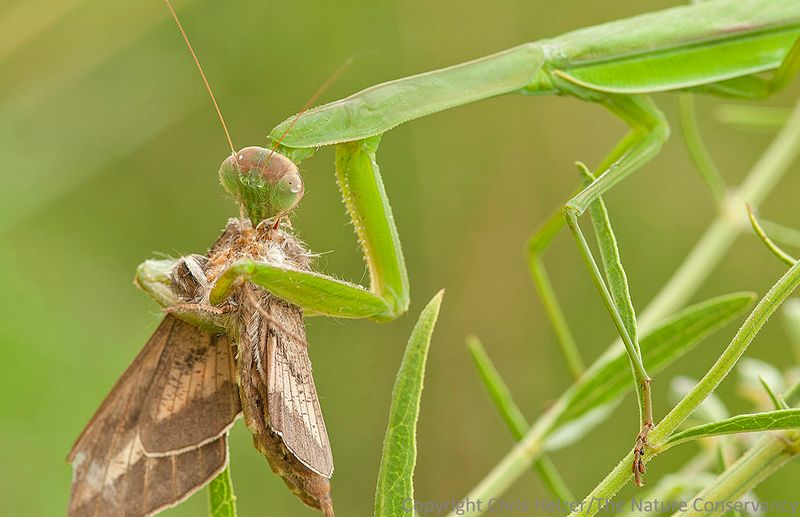
The feeding habits of the praying mantis are both fascinating and gruesome. Unlike other insects, it begins consuming its prey while still alive, a behavior that ensures freshness. Can you imagine witnessing such raw survival instincts?
This method of feeding, while brutal, highlights the mantis’s efficiency and predatory skills. It’s a stark reminder of the survival dynamics within the animal kingdom, where every meal is a battle won. A vivid illustration of nature’s unforgiving reality.
Incredible Lifecycle
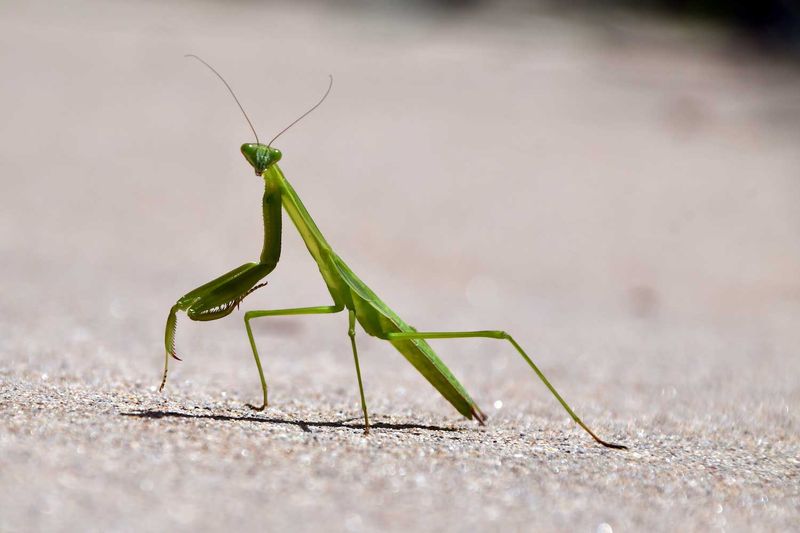
The lifecycle of the praying mantis is a journey of transformation. Beginning as an egg, it undergoes several molts before reaching adulthood. Each stage reveals a new aspect of its development. Have you ever marveled at such a metamorphosis?
This process, known as incomplete metamorphosis, allows the mantis to adapt and grow, emerging as a skilled predator. It’s a compelling narrative of growth and change, encompassing the very essence of life and survival in the insect world.
Cultural Impact
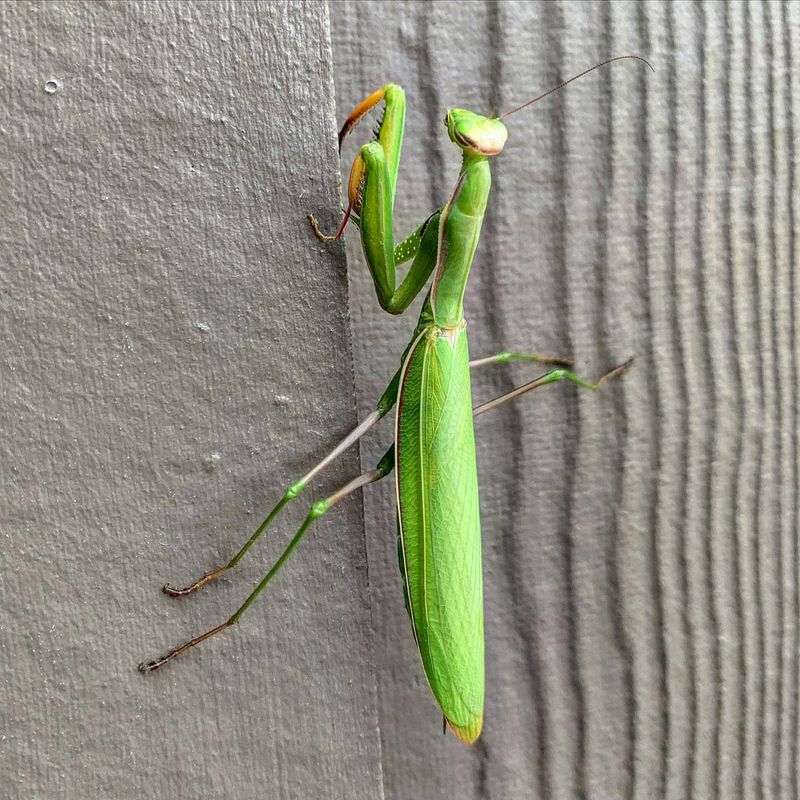
Beyond its biological characteristics, the praying mantis has left an indelible mark on culture. Appearing in art, folklore, and even martial arts, it inspires creativity and admiration. What makes this insect so influential?
Its grace and predatory prowess have made it a symbol of strength and mindfulness across various cultures. This cultural impact transcends biology, reflecting humanity’s fascination with this enigmatic creature. A testament to the mantis’s timeless allure.

